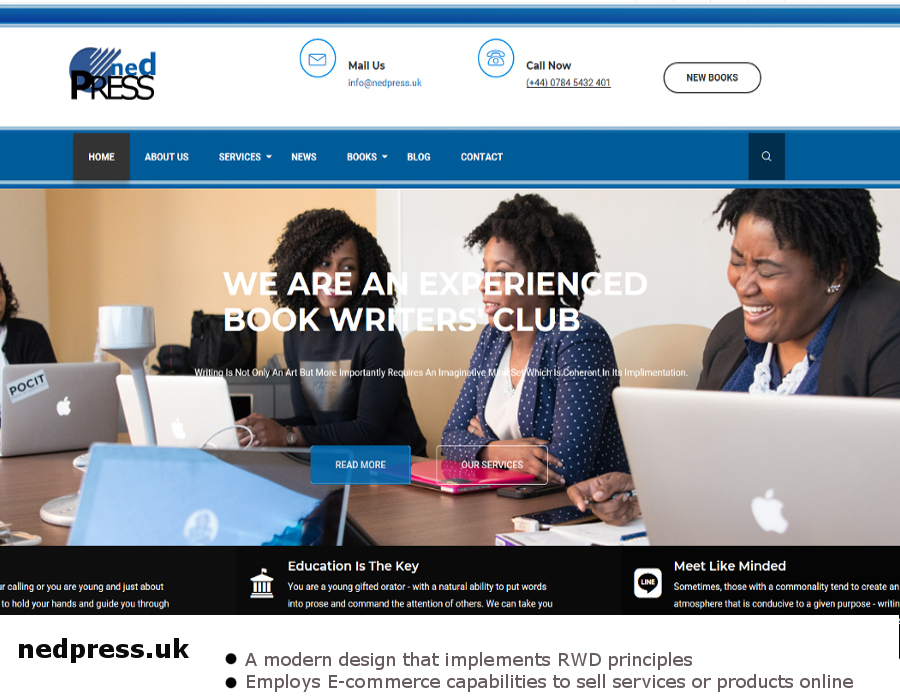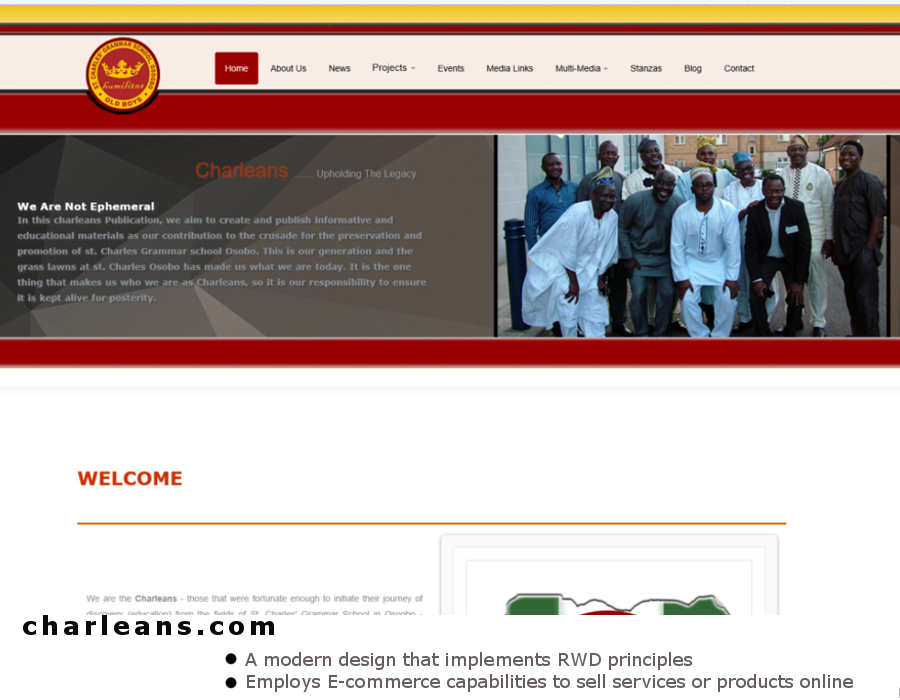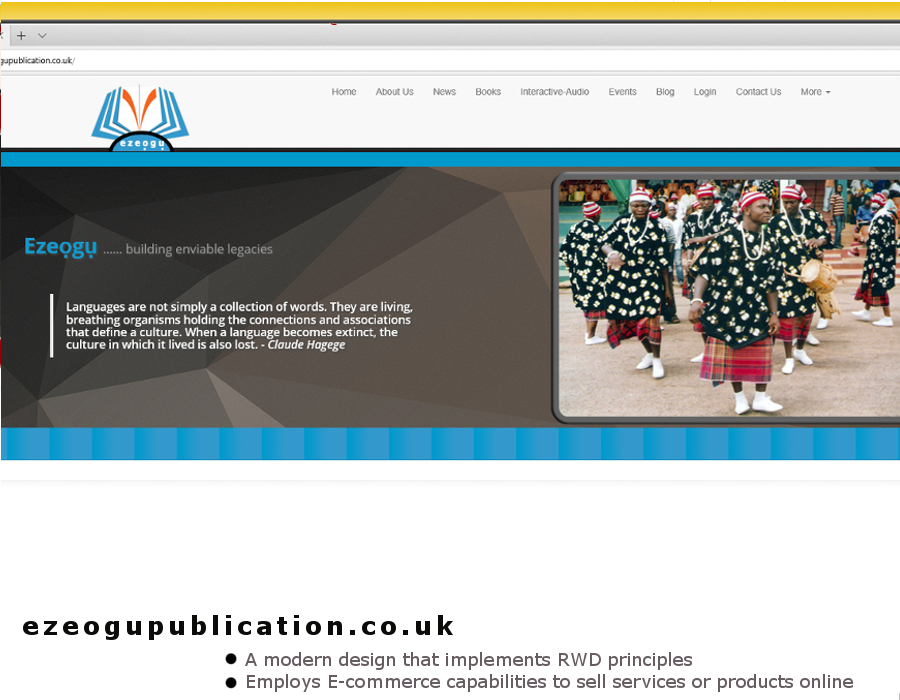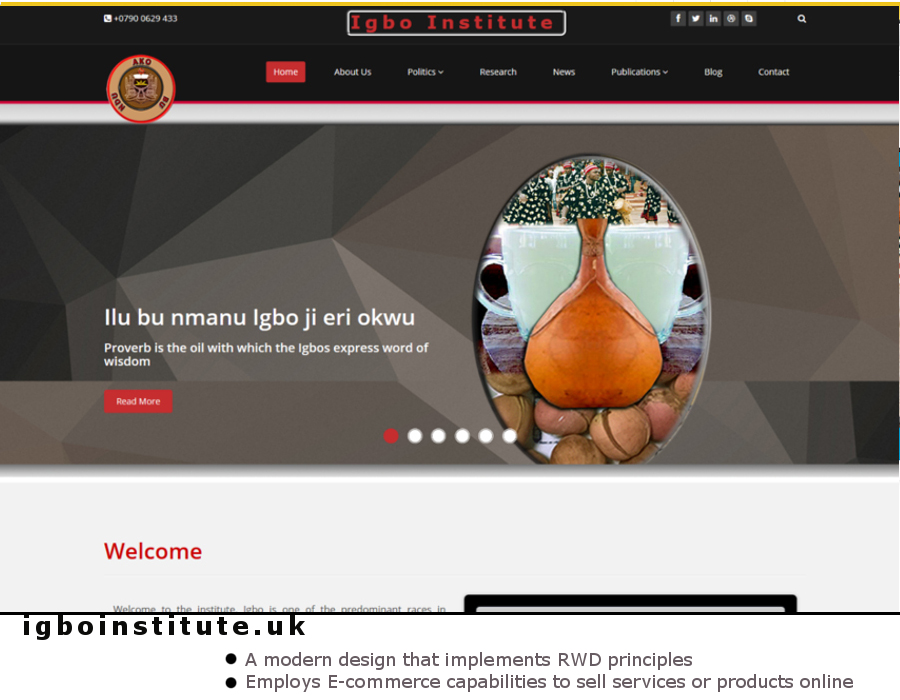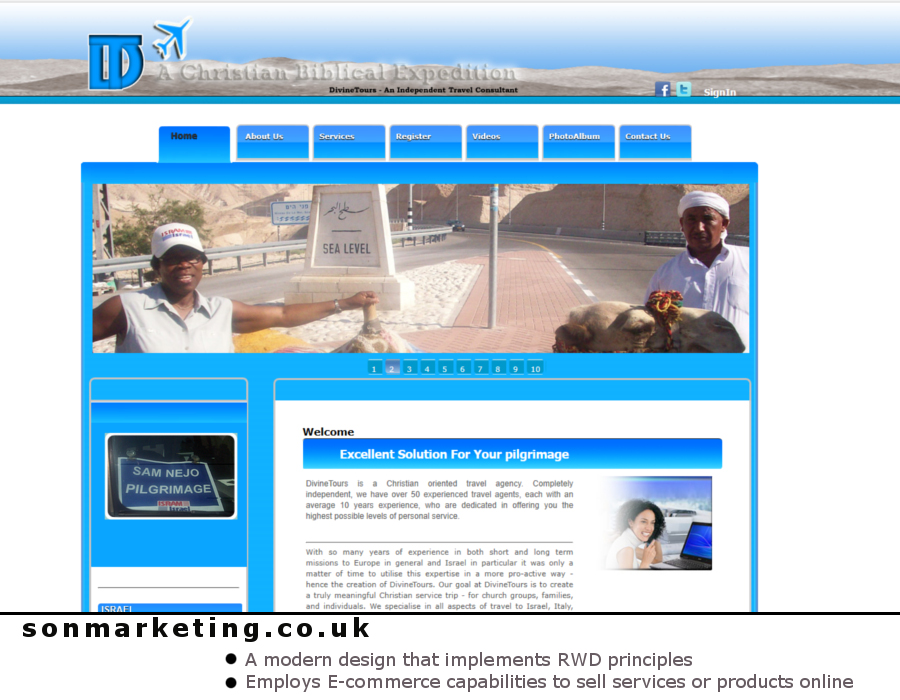Published: April 7, 2025
The Shifting Sands of Expertise
From Virtuoso to Conductor: Redefining Professional Value in the Age of AI
Introduction:
The relentless integration of Artificial Intelligence into the fabric of our professional and personal lives is no longer a futuristic prediction; it is our present reality. AI's capabilities are expanding exponentially, from sophisticated data analysis and automated code generation to content creation and complex problem-solving. While promising unprecedented efficiency and innovation, this pervasive technological shift inevitably fuels apprehension across industries. For professionals, particularly within IT consulting and academia – fields built upon deep knowledge and specialized skills – the core question resonates profoundly: How does our established understanding of value and expertise hold up in an AI-augmented world?
The traditional maxim, ingrained through decades of professional development and academic rigor, has always been to strive for mastery – to become the virtuoso in one's chosen domain. Excellence, deep specialization, and becoming the definitive expert were the pathways to recognition and reward. However, this excerpt strikes a potentially discordant, yet increasingly relevant, chord:
This assertion challenges the very foundation upon which many successful careers have been built. It suggests a paradigm shift away from the value derived solely from deep, task-specific execution towards a model emphasizing strategic oversight, critical evaluation, and effective communication with intelligent systems. This post argues that for IT consultants and academics navigating the AI revolution, embracing the role of the "AI Conductor" – the orchestrator of AI capabilities – is not merely advantageous but increasingly essential for sustained relevance and impact. We will explore the diminishing returns of hyper-specialization in certain contexts, delineate the core competencies of the AI Conductor, examine the specific implications for IT consulting and academia, and discuss how professionals can cultivate this indispensable mindset.
The Fading Resonance of the Solo Performance: Diminishing Returns on Hyper-Specialization?
For generations, the pursuit of deep mastery has been the cornerstone of professional advancement. In IT, this meant becoming the go-to expert in a specific programming language, database system, or network architecture. In academia, it translates to becoming the leading authority on a niche sub-discipline, mastering intricate theoretical frameworks or experimental techniques. This dedication yielded significant rewards: efficiency, innovation within the niche, and irrefutable authority.
However, the rise of sophisticated AI tools introduces a complex dynamic that forces us to re-evaluate the universal applicability of this model. AI, particularly generative AI and advanced machine learning models, can now perform tasks that previously required years of dedicated human training, often with remarkable speed and scalability.
Consider software development. AI code assistants like GitHub Copilot or specialised code generation models can produce functional code snippets, translate between languages, identify bugs, and even suggest architectural patterns, significantly accelerating development cycles. While the code generated may not always possess the nuanced elegance of a seasoned human developer, it is often "good enough" – functional, maintainable, and delivered in a fraction of the time. Does this negate the value of a master coder? Not entirely, but it shifts the bottleneck. The primary challenge may no longer be writing the code line-by-line, but rather defining the requirements precisely, structuring the overall application logic, integrating diverse components (some AI-generated, some human-written), and rigorously testing the final product. The value emphasis moves from the intricate mechanics of coding to the strategic blueprint and quality assurance.
Similarly, in academic research, AI tools can now sift through vast volumes of literature, summarize complex papers, identify patterns in large datasets, and even assist in drafting initial manuscript sections. A researcher who previously spent weeks manually coding qualitative data or performing complex statistical analyses might now leverage AI to achieve similar results in days or hours. Again, the AI's output requires scrutiny. It might miss subtle contextual nuances, exhibit biases present in its training data, or generate plausible-sounding but factually incorrect statements ("hallucinations"). The value, therefore, shifts from the laborious execution of the analysis to the critical formulation of the research question, the design of the study to mitigate AI limitations, the interpretation of AI-generated results within a broader theoretical context, and the validation of those findings against established knowledge and ethical standards.
This phenomenon illustrates the concept of "diminishing returns" on hyper-specialization in the context of task execution. When an AI can perform 80% of a specialized task competently and instantly, the incremental value of a human achieving 95-100% mastery *on that specific execution task* diminishes relative to the cost (time, effort) required. The competitive advantage gained by being marginally better at the "doing" shrinks.
This does not imply expertise is obsolete. Far from it. Deep domain knowledge remains crucial, but its primary function evolves. It transitions from being solely the engine of execution to becoming the critical lens for guidance and validation. An expert coder is better equipped to prompt an AI code generator effectively and, more importantly, to evaluate the security, efficiency, and maintainability of the output. A seasoned researcher uses their expertise to identify flawed assumptions in an AI's analysis or to synthesize AI-generated summaries into a novel theoretical contribution. The expertise informs the conductor; it just ceases to be the only instrument they play, or even the most important one.
The Emergence of the AI Conductor: Orchestrating Intelligent Systems
If the value proposition is shifting away from solo performance, what defines the new locus of professional worth? This piece powerfully frames it as orchestration: "AI can play every instrument - you just need to be the conductor." This metaphor is particularly apt for IT consultants and academics, whose roles inherently involve synthesis, strategy, and guidance. The AI Conductor does not necessarily build the individual components but understands how they fit together, directs their performance, and ensures the final output achieves the desired strategic or intellectual objective.
What are the core competencies of this AI Conductor? They extend beyond traditional technical or academic skills and encompass a blend of strategic thinking, communication acuity, and critical judgment:
- This translates to deeply understanding the client's business objectives, identifying opportunities for AI leverage, defining clear project goals, specifying success metrics, and envisioning the optimal end-state architecture or user experience. It's about strategic problem framing *before* engaging AI tools.
- This involves formulating insightful research questions, designing robust methodologies (potentially incorporating AI tools), identifying gaps in existing knowledge, and maintaining a clear vision of the intended contribution to the field. It requires the intellectual judgment to discern promising avenues from trivial ones.
- Prompt Engineering:
This is a developing discipline focused on crafting detailed, context-rich prompts that guide AI behaviour, constrain its outputs, define its persona (if applicable), and specify the desired format and tone. It requires understanding the nuances of the specific AI model being used. - Iterative Refinement:
Effective communication with AI is often a dialogue. It involves evaluating initial AI outputs and refining prompts based on those results, steering the AI closer to the desired outcome through cycles of instruction and feedback. - Domain-Specific Language:
Conveying complex requirements accurately necessitates using precise domain terminology within prompts, leveraging the Conductor’s expertise to provide necessary context. - Quality Assurance:
- Assessing the functional correctness, logical coherence, factual accuracy, and overall fitness-for-purpose of AI-generated content or solutions. Does the code run efficiently? Is the summary accurate? Does the analysis hold water?
- Bias Detection:
Recognizing and mitigating biases inherent in AI models, which often stem from their training data. This requires a critical awareness of potential societal implications and fairness considerations. - Ethical Scrutiny:
Ensuring that the application and output of AI align with ethical guidelines, privacy regulations (like GDPR), and professional standards. Is the AI being used responsibly? - Contextual Appropriateness:
Judging whether the AI's output, even if technically correct, is suitable for the specific context, audience, and strategic goals.
1 - Vision and Discernment (Knowing what looks appealing):
This is the ability to define the desired outcome with clarity and strategic insight. It involves understanding what constitutes good in a given context – be it an elegant software solution, a robust IT infrastructure, a compelling research argument, or an effective learning module.-
In IT Consulting:
In Academia:
2 - Precise Communication and Sophisticated Prompting (Communicating effectively):
Interfacing with AI is fundamentally a communication challenge. The Conductor must be adept at translating their vision and requirements into instructions that AI models can understand and act upon effectively. This goes far beyond simple keyword commands.3 - Critical Evaluation and Rigorous Validation (Validating it):
Perhaps the most crucial competency. AI outputs are not infallible. They can be biased, inaccurate, nonsensical, ethically problematic, or simply misaligned with the initial intent. The Conductor's role is paramount in scrutinizing these outputs.4 - Integration and Synthesis:
Rarely does a complex challenge rely on a single AI tool or output. The Conductor must be adept at integrating outputs from multiple AI systems or combining AI-generated elements with human contributions into a cohesive whole. This requires seeing the bigger picture and managing interoperability.5 - Adaptability and Continuous Learning:
The AI landscape is evolving at breakneck speed. The Conductor must possess the intellectual curiosity and agility to continuously learn about new AI capabilities, tools, limitations, and best practices. This isn't about becoming a deep expert in every new model, but maintaining a strategic awareness of the evolving orchestra.
The power of the Conductor, as the excerpt notes, increases with the breadth of their understanding ("The more areas you understand well enough to guide and validate, the more powerful you become"). A conductor who understands the capabilities and limitations of not just the strings, but also the woodwinds, brass, and percussion, can create a richer, more complex, and more effective symphony. In professional terms, an IT consultant who understands AI applications in marketing, finance, *and* operations, or an academic whose knowledge spans multiple disciplines, is better positioned to orchestrate truly innovative and impactful solutions or research.
Implications for the Modern IT Consultant: From Implementer to Strategic Orchestrator
The traditional IT consulting model often involved deep technical expertise for implementation – configuring systems, writing custom code, and managing infrastructure. While technical skills remain important, the rise of AI necessitates a significant evolution in the consultant's role and value proposition.
1 - Shift Towards Strategic AI Advisory:
Clients increasingly need guidance not just on *how* to implement a specific technology, but *which* AI solutions align with their strategic goals, *how* to integrate AI responsibly, and *what* organizational changes are needed to leverage AI effectively. Consultants are becoming strategic partners in navigating the AI landscape, focusing on problem definition, use case identification, and feasibility assessment.2 - Emphasis on AI Integration and Orchestration:
Projects will involve building less frequently, everything from scratch. Instead, consultants will focus on selecting, configuring, and integrating various AI tools (commercial platforms, open-source models, specialized APIs) with existing client systems. The core skill becomes orchestrating these disparate elements into a functional and valuable whole.3 - Rise of Prompt Engineering and Validation Services:
As clients adopt AI tools, they face the challenge of using them effectively and trusting their outputs. Consultants can offer specialized services in training client teams on prompt engineering best practices, developing customized prompts for specific business processes, and establishing robust frameworks for validating AI-generated outputs, ensuring quality, accuracy, and compliance.4 - AI Governance and Responsible AI Implementation:
Ethical considerations, bias mitigation, data privacy, and regulatory compliance are paramount in AI deployment. Consultants with expertise in AI governance frameworks (like those emerging from the EU AI Act or NIST) will be invaluable in helping clients implement AI solutions responsibly and minimize risks.5 - Need for Blended Skillsets:
The ideal IT consultant in the AI age possesses a T-shaped or even "comb-shaped" profile: a foundational understanding across various business domains and AI technologies (the horizontal bar/s), coupled with deeper spikes of expertise in specific areas like AI strategy, data science, cloud platforms, or specific industry verticals. Crucially, the "soft" skills – communication, critical thinking, problem framing, client education – become even more critical for effective orchestration.6 - Tooling Agnosticism and Continuous Adaptation:
The specific AI tools and platforms dominating the market will inevitably change. Consultants must cultivate an ability to rapidly learn and adapt to new tools, focusing on the underlying principles of AI applications rather than becoming overly reliant on a single vendor's ecosystem. Their value lies in understanding *how* to use the best available instrument for the task, not just knowing one instrument perfectly.The IT consultant as an AI Conductor doesn't just deliver a technical solution; they guide the client through the entire lifecycle of AI adoption, from strategic conception to responsible implementation and ongoing validation, ensuring the technology serves tangible business objectives.
Implications for Academia: Curating Knowledge in an Ocean of Information
Academia, the bastion of deep thought and specialized knowledge creation, faces its own unique set of transformations driven by AI. The Conductor metaphor holds significant relevance here, too, shifting the emphasis from solely being the generator of niche knowledge to also being the curator, validator, and strategic guide through an increasingly complex information landscape.
- AI offers powerful tools to accelerate and enhance the research process. This includes AI-powered literature discovery and synthesis, advanced data analysis capabilities for large or complex datasets (genomics, climate modelling, social sciences), hypothesis generation based on pattern recognition, and even assistance in writing and refining research papers. The academic's role shifts towards designing research *with* AI, critically evaluating AI-generated insights, and focusing on the higher-order tasks of interpretation, contextualization, and theoretical innovation. The conductor chooses which analytical instruments AI should play and interprets the resulting music.
- Educational institutions must prepare students for a future where interacting with AI is standard practice. Curricula across disciplines need to incorporate:
- AI Literacy: Foundational understanding of AI concepts, capabilities, and limitations.
- Prompt Engineering Skills:* Training students how to effectively communicate with AI tools relevant to their field.
- Critical Evaluation of AI Outputs: Teaching students to question, validate, and identify biases in information generated by AI
- AI Ethics: Integrating discussions on the responsible use of AI within specific disciplinary contexts. The goal is not necessarily to make every student an AI engineer, but to equip them to be effective conductors within their future professions.
- While deep subject matter expertise remains foundational, the educator's role expands. They become curators who guide students through vast amounts of information (some AI-generated), validators who teach critical assessment skills, and mentors who help students synthesize knowledge and develop higher-order thinking abilities – creativity, complex problem-solving, ethical reasoning – areas where humans currently retain a distinct advantage. They conduct the learning orchestra.
- AI-assisted writing tools pose significant challenges to traditional notions of authorship and plagiarism detection. Academic institutions and publishers are grappling with developing policies for the ethical use of AI in research and writing. The peer review process itself may evolve, potentially incorporating AI tools for initial screening but relying more heavily on human reviewers for assessing novelty, significance, and the critical validation of AI-involved methodologies and findings. Validation becomes central.
- AI often thrives at the intersection of disciplines. Academia may see increased emphasis on collaborative research that brings together domain experts, data scientists, and AI specialists, mirroring the need for conductors who understand multiple sections of the orchestra.
1 - Augmented Research Methodologies:
2 - Redefining Curriculum and Pedagogy:
3 - Evolving Role of the Educator:
4 - Challenges to Academic Integrity and Publishing:
5 - Interdisciplinary Collaboration:
The academic as AI Conductor leverages AI to push the boundaries of knowledge faster and further, but their core value lies in the critical judgment, ethical oversight, theoretical framing, and pedagogical guidance they provide, ensuring the intellectual symphony is both innovative and sound.
Cultivating the Conductor Mindset: A Call for Adaptability
Transitioning from a virtuoso-centric mindset to that of an AI Conductor requires conscious effort and a commitment to lifelong learning and adaptation. How can professionals in IT and academia cultivate these essential competencies?
- Stay informed about major AI advancements, new tools, and emerging capabilities relevant to your field. This doesn't mean mastering the underlying algorithms of every new model, but understanding *what* it can do, its potential applications, and its known limitations. Follow reputable AI researchers, industry analysts, and relevant publications.
- The best way to understand how to communicate with AI is to actively use it. Experiment with different AI tools (text generators, code assistants, data analysis platforms, image creators). Try various prompting techniques, observe the results, and learn through trial and error. Treat it like learning a new communication style.
- Make it a habit to rigorously question AI outputs. Ask: Is this accurate? Is it logical? Is it biased? What evidence supports this? What context is missing? Does it align with my goals? Compare AI outputs against trusted sources or your own expertise.
- Break down traditional silos. Engage with concepts, methodologies, and challenges outside your core domain. This broadens your perspective, enabling you to see connections and orchestrate more complex, integrated solutions involving diverse AI applications. Attend cross-disciplinary workshops, read widely, and collaborate with colleagues from different fields.
- Before jumping to AI solutions, invest time in clearly defining the problem, the desired outcomes, and the success criteria. Well-framed problems lead to better AI guidance and more meaningful results. Practice articulating strategic intent clearly and concisely.
- Regularly consider the ethical implications of using AI in your work. Stay informed about best practices for responsible AI, data privacy, and bias mitigation. Make ethical oversight an integral part of your validation process.
1- Embrace Continuous Awareness, Not Necessarily Deep Expertise:
2- Develop "Prompt Intuition" Through Experimentation:
3- Sharpen Critical Evaluation Skills:
4- Seek Cross-Disciplinary Exposure:
5- Focus on Strategic Problem Framing:
6- Prioritize Ethical Reflection:
Conclusion: Leading the AI Symphony
The assertion that mastery yields diminishing returns and that orchestration is the new imperative is not a dismissal of expertise. Rather, it is a fundamental reframing of where the highest value lies in an increasingly AI-augmented professional landscape. Deep knowledge remains the bedrock upon which effective conducting is built, providing the critical lens needed for discernment, communication, and validation. However, the ability to solely perform a specialized task with virtuosity is no longer a sufficient guarantee of future relevance when AI can play many instruments with remarkable proficiency.
For IT consultants and academics, the path forward involves embracing the role of the AI Conductor. This means cultivating the ability to envision strategic goals, communicate effectively with intelligent systems, critically evaluate their outputs, integrate diverse capabilities, and maintain rigorous ethical oversight. It requires a shift towards valuing breadth alongside depth, adaptability alongside specialization, and strategic orchestration alongside flawless execution.
This transition is not without its challenges, demanding continuous learning and a willingness to adapt long-held assumptions about professional value. Yet, it also presents immense opportunities. Those who successfully cultivate the conductor mindset will be positioned not just to survive the AI revolution, but to lead it – harnessing the power of AI to solve more complex problems, drive more significant innovation, and compose a future where human ingenuity and artificial intelligence collaborate to create symphonies of unprecedented scale and impact. The orchestra is tuning up; the critical question is whether we are ready to lift the baton.
Watch The Video

